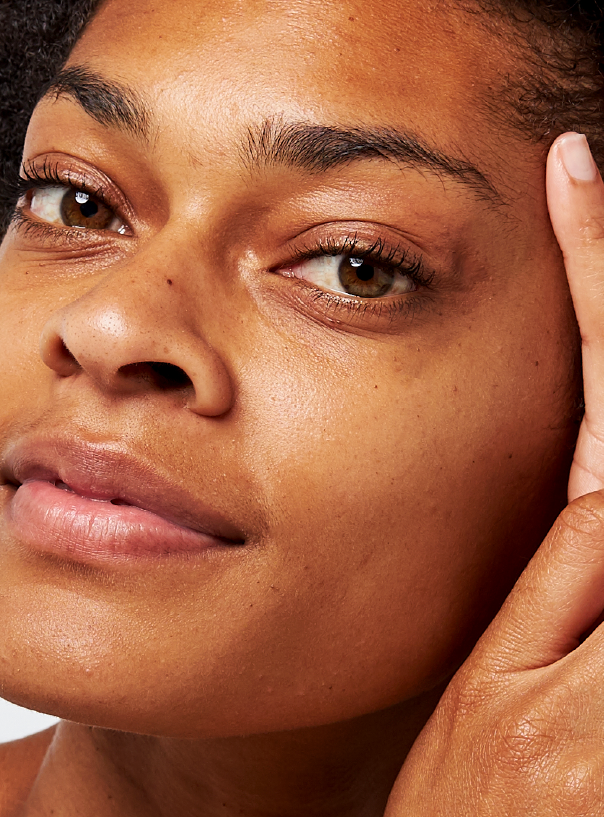Education
Sun Protection 101


SHARE
Education
Sun Protection 101
Medically reviewed by Aimee Paik, MD
Written by Apostrophe Team
Last updated 10/3/2024
There are two types of active ingredients that block UV rays: chemical and physical. Chemical ingredients undergo a chemical reaction to convert UV rays into heat to prevent sun damage. Physical ingredients physically absorb UV rays to keep them from the skin and prevent sun damage. They are considered almost perfect sunscreens as they are chemically inert, safe, and protect against the full UV spectrum.
Chemical sunscreen
Avobenzone – Avobenzone is a dibenzoylmethane derivative. It degrades quickly on its own when exposed to sunlight so it is often combined with photostabilizing ingredients that give it staying power in sunscreen. It does not protect against UVB rays.
Octinoxate – Octinoxate is a cinnamate ester and absorbs UVB rays from the sun. It is often combined with nanoparticles and water-resistant ingredients to keep it localized to the skin and to prevent absorption.
Oxybenzone – Oxybenzone is a benzophenone derivative and absorbs UVB and UVA II rays from the sun to protect your skin.
Physical sunscreen
Zinc oxide – Zinc oxide is a physical sunscreen that absorbs up to 360 nm of UV radiation and protects against both UVB and UVA rays.
Titanium dioxide – Titanium dioxide is a physical sunscreen that absorbs up to 400 nm of UV radiation and protects against both UVB and UVA rays.
With all these different sunscreen ingredients, and the overwhelming number of sunscreens on the market, you may be wondering what your best options are. We recommend finding a sunscreen that you’ll wear every single day. With so many options out there on the market, there’s never a reason to go without sun protection.
1. Allergy to avobenzone. Allergy to avobenzone | DermNet NZ. https://www.dermnetnz.org/topics/allergy-to-avobenzone/. Accessed May 20, 2019. 2. Octinoxate. National Center for Biotechnology Information. PubChem Compound Database. https://pubchem.ncbi.nlm.nih.gov/compound/5355130. Accessed May 20, 2019. 3. Oxybenzone. National Center for Biotechnology Information. PubChem Compound Database. https://pubchem.ncbi.nlm.nih.gov/compound/oxybenzone. Accessed May 20, 2019. 4. The difference between physical and chemical sunscreen. The difference between physical and chemical sunscreen. https://www.piedmont.org/living-better/the-difference-between-physical-and-chemical-sunscreen. Accessed May 20, 2019. 5. Topical sunscreen agents. Topical sunscreen agents | DermNet NZ. https://www.dermnetnz.org/topics/topical-sunscreen-agents/. Accessed May 20, 2019.
Like what you just read? Sign up for our email list to get the scoop on skincare science delivered straight to your inbox.

Deep Dives
A dermatologist shares his thoughts on the recent studies about benzoyl peroxide and benzene.
Read More
Education
What is milia?
What is milia? Today, we’re jumping into one type of bump that you may have heard about most commonly in infants — milia.
Read More
Education
Best moisturizer for acne-prone skin
If you have combination acne-prone skin, figuring out which moisturizer is best for your skin might be tough. In this guide, we break down the best moisturizer for combination, acne-prone skin.
Read More